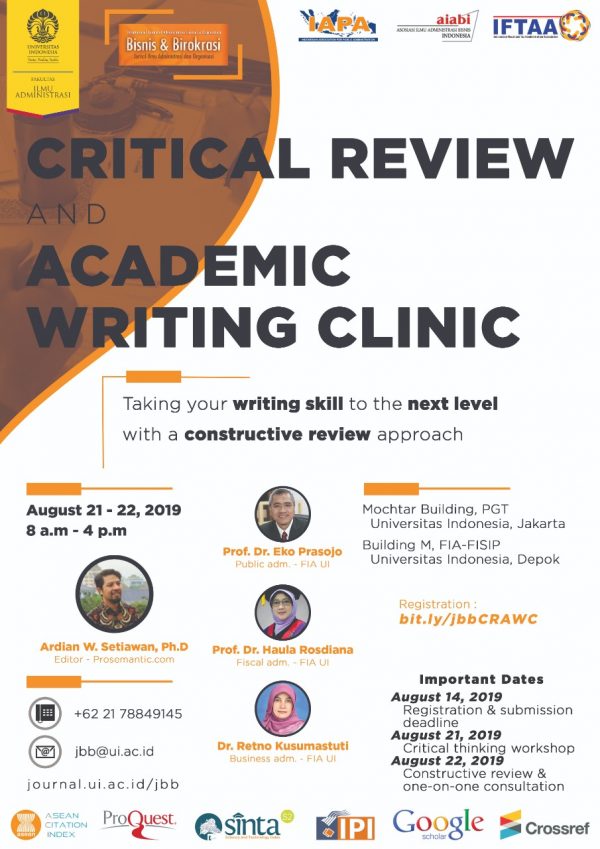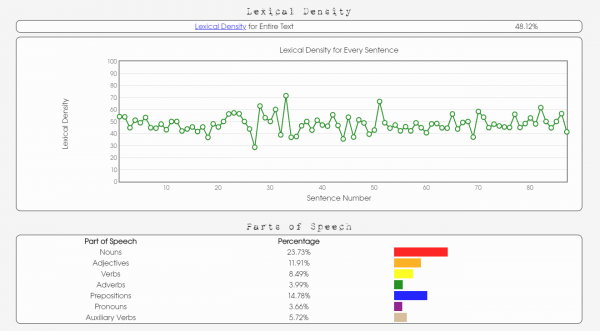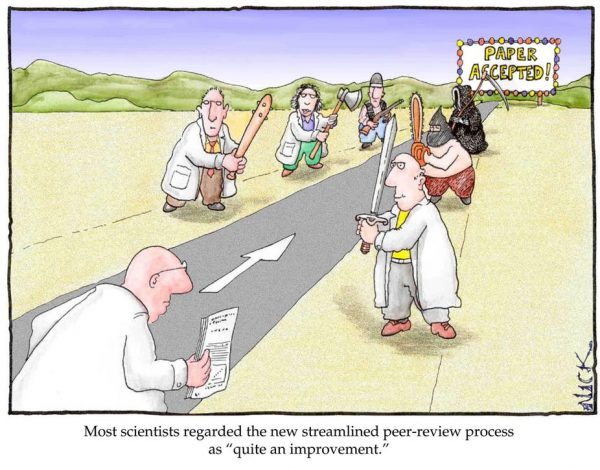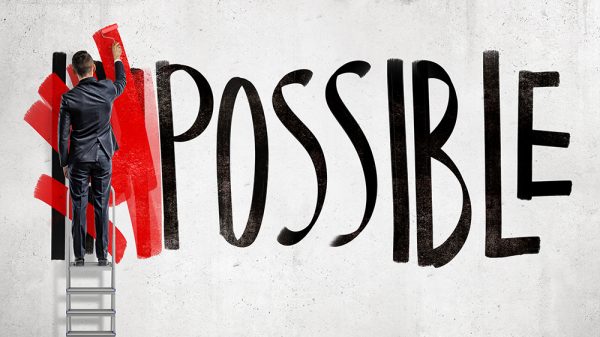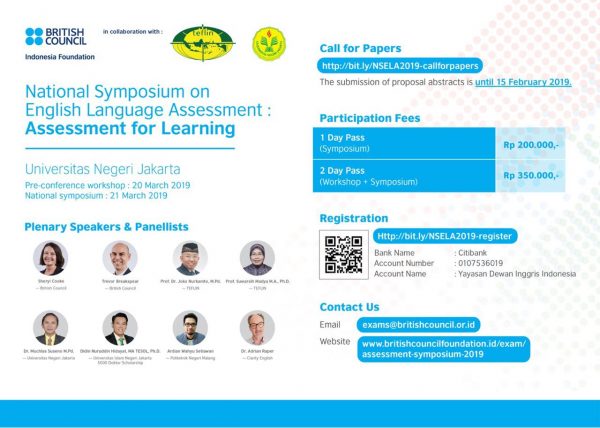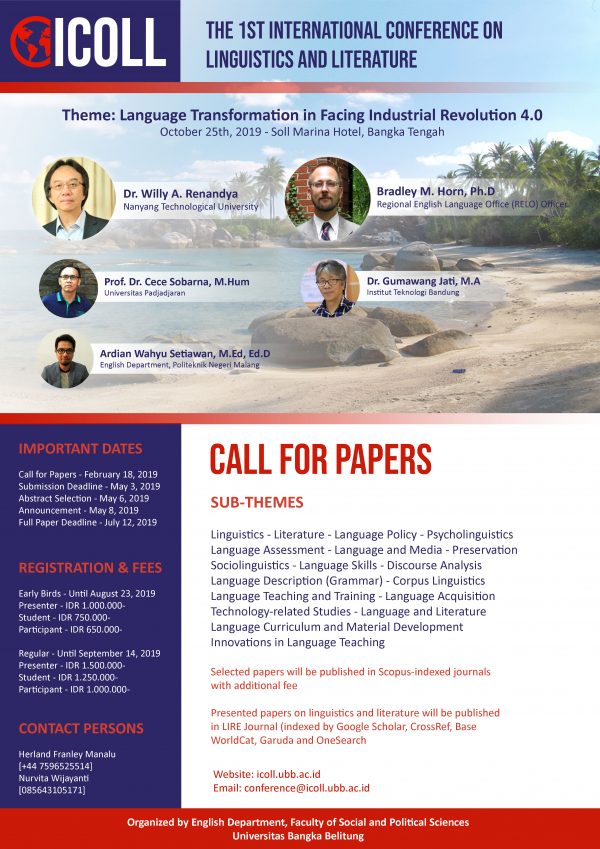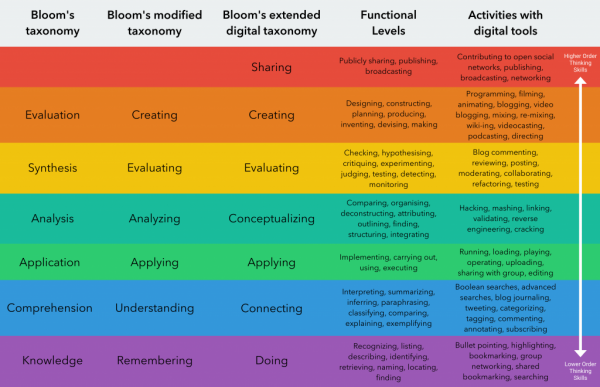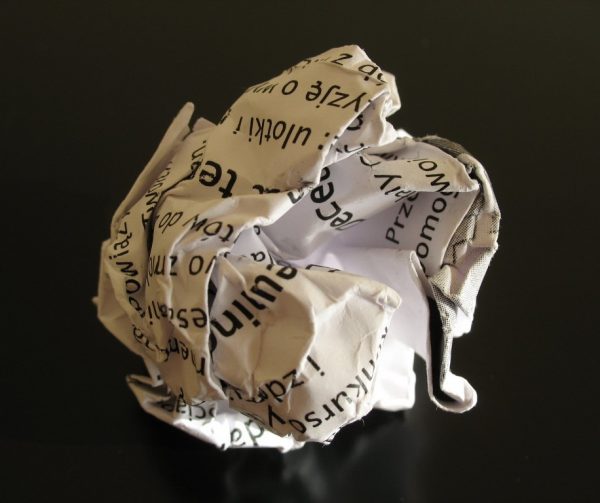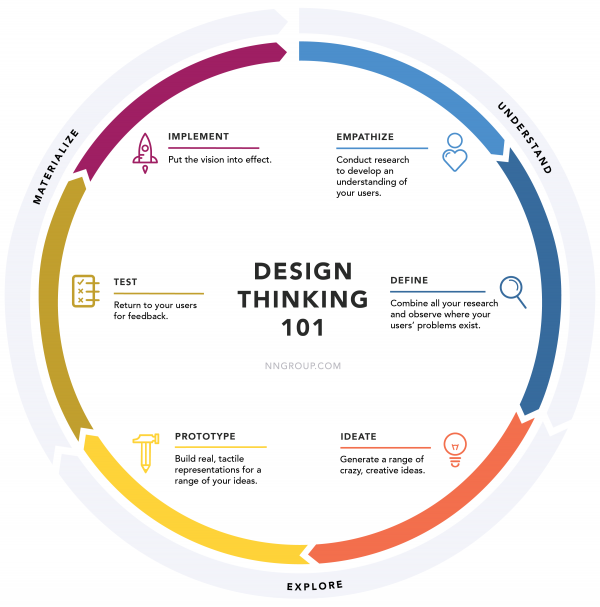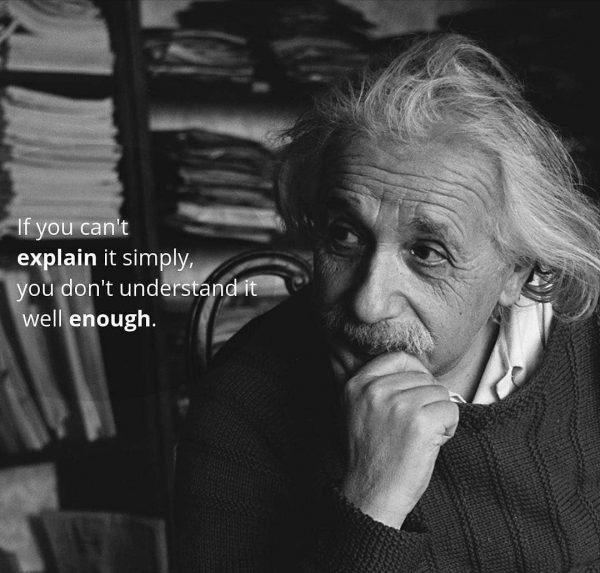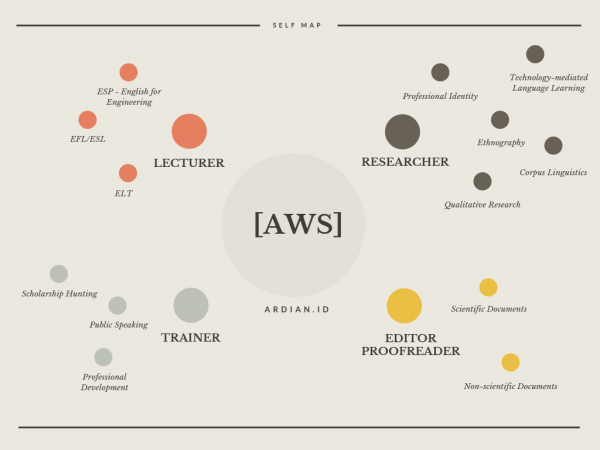Rhetorical Functions in Academic Writing
Typical rhetorical functions used in academic writing
Descriptive
- Describing objects, location, structure and direction
- Reporting and narrating
- Defining
- Writing instructions
- Describing function
- Describing processes, developments and operations
- Classifying / categorising
- Giving examples
- Including tables and charts
Critical
- Writing critically
- Arguing and discussing
- Evaluating other points of view
- Comparing and contrasting: similarities and differences
- Generalising
- Expressing degrees of certainty
- Expressing reasons and explanations / cause and effect
- Expressing feelings
- Analysing
- Planning action
- Providing support
- Application
- Working with different voices and finding your own
- Taking a stance
- Using theory
- Persuading
- Introducing
- Using previous research
- Indicating a gap
- Presenting findings from statistical analyses
- Presenting findings from interviews
- Discussing limitations
- Drawing conclusions
- Recommendations
- Implications
Reflective
Source: http://www.uefap.com/writing/function/funcfram.htm
Analyze My Writing
One of challenging (and time-consuming) tasks writing teachers face in their teaching is assessing learners’ written works. It takes a lot of energy to read and analyze students’ writing.
This online text context and readability analyzer will help teachers assess learners’ written works. Some useful features are available on the website, such as basic text statistics, common words and phrases, readability, lexical density (I like this one most!), word and sentence lengths, and other analyses.
Visit the website: http://www.analyzemywriting.com/index.html
How to read a scientific article quickly and efficiently
Most people read scientific articles by following the structure of the articles, starting from the first section until the last one. This is the most common method, but I found it inefficient.
.
Here is my method.
.
Skim the abstract quickly
Go to the conclusions/summary section and identify the author’s main conclusions/arguments
Flip through the article to look at the research data supporting the conclusions; identify the most prominent data.
Now, you can start reading the introduction.
Berbicara dan Menulis
Saya sudah banyak berlatih berbicara dan menulis, tapi hasilnya belum baik. Kenapa?
Karena ucapan dan tulisan adalah produk olah pikir, maka yang harus ditingkatkan atau diperbaiki adalah pola pikir (kemampuan berpikir sistematis), bukan sekedar berlatih berbicara atau menulis.
Pembicara dan penulis yang baik mampu berpikir secara sistematis dan menata ide dengan baik sehingga ucapan dan tulisannya bisa dipahami audiensi*.
Kita bisa membayangkan ide/gagasan seperti mainan Lego. Berwarna-warni, sangat menarik, tapi tidak terlihat bentuknya jika tidak disusun. Jika ide/gagasan disusun dengan baik, akan sangat mudah bagi audiensi untuk menerima bentuk argumen yang kita sajikan.
Darimana kita belajar menyusun ide yang baik, sehingga ide/gagasan kita menjadi bentuk-bentuk yang menarik?
Banyak mendengar, banyak membaca (materi yang baik). Dua hal itu akan memberikan ‘template’ kognitif sehingga ucapan dan tulisan kita menjadi semakin baik.
* kata yang tepat adalah ‘audiensi’ bukan ‘audiens’.
Writing the Methodology
Read this first – Writing the Introduction
How should you write the section? What are important points you should include in the section Ok. Let’s use the Q&A method. Here are key questions you need to answer for completing the methodology part of your scientific article.
𝗙𝗶𝗿𝘀𝘁, 𝗿𝗲𝘀𝘁𝗮𝘁𝗲 𝘁𝗵𝗲 𝗿𝗲𝘀𝗲𝗮𝗿𝗰𝗵 𝗼𝗯𝗷𝗲𝗰𝘁𝗶𝘃𝗲 [𝗶𝗳 𝗿𝗲𝗾𝘂𝗶𝗿𝗲𝗱] ⬇️
What is the research method? [qualitative/quantitative/mixed methods]
Define/explain the research method.
Why do you use the research method?
Discuss the advantages of the method and how it can help you collect research data to answer the research question.
What is the research design? Define/explain the research design.
Why do you use the research design? Justify it.
What are the advantages of using this design? Are there any similar/previous studies which used the design?
What are the research instruments you employ to collect the research data? Define and explain.
Why did you use such instruments? Justify.
What are the advantages and the weaknesses? (In some cases, you need to explain how you address the weaknesses of the research instruments)
What is the type of the data collected? Primary or secondary data?
Who/what are the sources of the research data? Define/explain. Present the details.
How did you collect the data? (setting, time/period, etc.)
Overall, how was the data collection? Any problems that can affect the data quality?
Discuss the quality of the collected data.
Write a sentence stating that the results of data collection will be elaborated in the next section [this is one of effective strategies you can use to maintain the cohesiveness and coherence of your manuscript]
Arrange the sentences [the answers to the above questions] into paragraphs. Again, pay attention to cohesiveness and coherence. Use linking words and phrases.
Add some details [if required] and polish.
Writing an Introduction
Writing an introduction is not easy. Writers (researchers) often face the challenging question of how to write the introduction part of a scientific article. In my workshop, I use a Q&A method to help writers (researchers) identify key points which should be included in the introduction. If you can answer most of these questions, then you are ready to write the introduction part of your scientific article. What you need to do next is to arrange the answers to these questions into paragraphs. Pay attention to the coherence and cohesion. So, here are the questions. Ready?
.
𝗤𝘂𝗲𝘀𝘁𝗶𝗼𝗻𝘀 𝘁𝗼 𝗮𝗱𝗱𝗿𝗲𝘀𝘀 𝗶𝗻 𝗜𝗻𝘁𝗿𝗼𝗱𝘂𝗰𝘁𝗶𝗼𝗻 ⬇️
.
What is the general topic of the manuscript?
Why is the topic important?
Are there any data or research findings related to the topic?
What do the data or research findings say about the topic?
Are there any grand theories related to the topic?
What do the theories propose?
Are there any practical aspects/implications or regulations related to the topic?
How does the topic affect practical aspects? Are there any practical implications?
How are the regulations related to the topic?
.
𝗟𝗲𝘁’𝘀 𝗯𝗲 𝗺𝗼𝗿𝗲 𝘀𝗽𝗲𝗰𝗶𝗳𝗶𝗰 ⬇️
.
What is the main research question? Or- what is the specific issue the article addresses?
What is the main objective of the article?
Why is it important to address the main research question?
Why is it important to achieve the main objective?
What do available data or research findings say about the specific issue?
Are there any grand theories related to the specific issue?
What do the theories say about the specific topic?
.
Great! Now you are ready to write the introduction part of your article.
Bad Words
Two important points to remember (when you receive bad words from others)
Bad words thrown at you are not yours if you don’t take them. The words belong to the ones who say them. Don’t let the words go into your heart and hurt you.
Bad words thrown at you do not represent who you are. The words show who they are, the ones who say the words.
Stay nice. Stay positive 🙂
From Comfort Zone to Growth Zone
While the term is often used in the public discourse, comfort zone is still a problematic/difficult concept. We are often told to leave the comfort zone without being given an explanation of what the zone is. So, what’s comfort zone?
This diagram visualizes the concept clearly, providing indicators we can use for measuring the zone(s).
1. If you always feel safe and in control, you are in the comfort zone.
2. If you lack of self confidence, always find excuses, and are easily affected by others’ opinions, you are in the fear zone. You’re moving away from the comfort zone.
3. If you deal with challenges and problems, and learn new skills, you are in the learning zone. In this stage, you are extending your comfort zone.
4. I love the indicators! If you always try to find and set your purposes, if you live your dreams, you set goals and achieve objectives, congratulations! You are in the growth zone.
Log on -or- log in?
You might find the two phrases confusing. So, here are a brief explanation about the two phrases and sample sentences.
In nontechnical sense, ‘Log on’ means visiting (without using a username and password) while ‘log in’ means signing in with a username and password (or- sign in).
Sample sentences:
The user can log on to a website operated by such entity to read the message.
Facebook now requires Belgium users to log in to view pages.
Regret
Why worry about the past if you have the present and future days.
Regret is a word of the future. It is meant to change your future, not to trap you in a static vacuum box – your past.
If you regret something, just change it. Make decisions.
Regret is a reminder.
It reminds you that you can be a better person. A better version of yourself.
Action Research
What makes action research different from other types of investigation?
Action research is flexible. It is uniquely suited to exploring and supporting change. It is the integration of an exploratory action and social research aimed at promoting development. The results of action research are both theoretical and practical
Ontological and Epistemological Stances
Why disclosing our ontological and epistemological stances?
Research should begin with ontological and epistemological assumptions which become the foundation of the inquiry (Guba & Lincoln, 2004; Hesse-Bibber & Leavy, 2004; Creswell, 2013, 2014). Because our assumptions affect the research process, it is necessary for researchers to be aware of their philosophical assumptions, and to disclose their ontological and epistemological stances.
Objectivity
The way we think is neither objective nor unbiased. It is always distorted and partial. Therefore, our judgments are not the truths. They are just tiny particles of the truths. Treating distorted/partial judgments as the truths reflects ones’ misunderstanding [and unawareness] of the real truths.
Vocabulary
Without grammar very little can be conveyed.
Without vocabulary nothing can be conveyed.
Wilkins, 1972, p. 111
How do you know a journal is legitimate?
As a researcher or scholar under pressure to publish, you may accept solicitations to submit articles for publication even if you are not familiar with the journal or publisher. Some of these offers are legitimate but others turn out to be scams perpetrated by predatory publishers. It is wise to take a few basic steps to learn more about a new or unfamiliar scholarly journal.
About the Journal
- Discover peer-reviewed journals using library search tools
- Examine the aims and scope: are they appropriate for your research?
- Review past issues: does the content look topical and credible? Are the authors known to you?
- If open access, is it registered in the Directory of Open Access Journals (DOAJ) The DOAJ vets journals before listing them.
- Does the website provide complete contact information: email, street address, working phone number?
- Does it have a valid online ISSN?
- Journals are disseminated via research databases (academic abstracting and indexing services) such as JSTOR, PubMed, EBSCOhost, ProQuest (even Google Scholar). A journal website should say where it is indexed.
- Is it indexed in the places it says it is?
- Has it been assigned ranking(s)? E.g.
- SCImago Journal Rank (SJR) Indicator
- Journal Citation Reports (JCR)
- Journal Metrics by Scopus
- Are its policies on peer review, open access, copyright publicly available?
- If it charges publication fees, are they clearly stated and explained?
- What are the copyright policies? Will you be able to preserve copyright over your work? If you are required to meet a public access mandate to share your research, are the copyright policies compatible? In many open access journals, authors retain full copyright to their work and give the journal a “non-exclusive” right to publish the work.
About the Publisher
- Where is it located? Use SHERPA/RoMEO to discover details about publishers, including country of origin.
- Website
- Stable web page
- Basic contact info: publisher, contact details, editorial team, editorial/advisory board
- Description: scope and focus, publication frequency, author guidelines
- Fee policy clearly stated
- Free of grammatical errors and typos
- Is there a digital preservation policy in place?
- If open access, is it registered with the OASPA (Open Access Scholarly Publishers Association)? Many of the largest open access publishers are members of the OASPA, though there are legitimate open access publishers that do not belong.
- Publisher’s permissions/ sharing policy available on website? Via SHERPA/RoMEO?
- Does it meet the Criteria for Evaluating Scholarly Publishers (PDF)?
- If open access, does it meet the Criteria for Evaluating Scholarly Open Access Publishers (PDF)?
Source: https://goo.gl/ocjof5
Is this journal credible?
Finding the right [read: credible] journal for our manuscripts, which is part of the publication game, is not easy as predatory/bogus journals are designed to ‘look’ like the credible ones. It becomes more difficult as different publishers have different publication standards and guidelines. We can, however, use certain indicators to examine the credibility of journals. LMU/LA Journal Evaluation Tool is a useful tool for measuring journal credibility. It can help writers make the best decisions for their work, and avoid bogus journal.
The rubric of the tool guides writers to consider specific criteria in review, giving each a score, so that at the end of the review the writers will know if the journal may be a good, fair, or poor choice for their work.
Design Thinking
I’ve been thinking about how to apply ‘design thinking’ in education, especially in English language teaching. How can design thinking be used to innovate in teaching?
The design-thinking framework follows an overall flow of 1) understand, 2) explore, and 3) materialize. Within these larger buckets fall the 6 phases: empathize, define, ideate, prototype, test, and implement.
Empathize: Conduct research in order to develop knowledge about what your users do, say, think, and feel.
Imagine your goal is to improve an onboarding experience for new users. In this phase, you talk to a range of actual users. Directly observe what they do, how they think, and what they want, asking yourself things like ‘what motivates or discourages users?’ or ‘where do they experience frustration?’ The goal is to gather enough observations that you can truly begin to empathize with your users and their perspectives.
Define: Combine all your research and observe where your users’ problems exist. In pinpointing your users’ needs, begin to highlight opportunities for innovation.
Consider the onboarding example again. In the define phase, use the data gathered in the empathize phase to glean insights. Organize all your observations and draw parallels across your users’ current experiences. Is there a common pain point across many different users? Identify unmet user needs.
Ideate: Brainstorm a range of crazy, creative ideas that address the unmet user needs identified in the define phase. Give yourself and your team total freedom; no idea is too farfetched and quantity supersedes quality.
At this phase, bring your team members together and sketch out many different ideas. Then, have them share ideas with one another, mixing and remixing, building on others’ ideas.
Prototype: Build real, tactile representations for a subset of your ideas. The goal of this phase is to understand what components of your ideas work, and which do not. In this phase you begin to weigh the impact vs. feasibility of your ideas through feedback on your prototypes.
Make your ideas tactile. If it is a new landing page, draw out a wireframe and get feedback internally. Change it based on feedback, then prototype it again in quick and dirty code. Then, share it with another group of people.
Test: Return to your users for feedback. Ask yourself ‘Does this solution meet users’ needs?’ and ‘Has it improved how they feel, think, or do their tasks?’
Put your prototype in front of real customers and verify that it achieves your goals. Has the users’ perspective during onboarding improved? Does the new landing page increase time or money spent on your site? As you are executing your vision, continue to test along the way.
Implement: Put the vision into effect. Ensure that your solution is materialized and touches the lives of your end users.
This is the most important part of design thinking, but it is the one most often forgotten. As Don Norman preaches, “we need more design doing.” Design thinking does not free you from the actual design doing. It’s not magic. Milton Glaser’s words resonate: “There’s no such thing as a creative type. As if creativity is a verb, a very time-consuming verb. It’s about taking an idea in your head, and transforming that idea into something real. And that’s always going to be a long and difficult process. If you’re doing it right, it’s going to feel like work.”
As impactful as design thinking can be for an organization, it only leads to true innovation if the vision is executed. The success of design thinking lies in its ability to transform an aspect of the end user’s life. This sixth step — implement — is crucial.
More. https://goo.gl/pjKp3f
Life standards
If you don’t set your own standards, others will, and those standards can be lower than your expectations. That’s what I learned. So, set your standards and achieve them. Be self-reliant
Defeat
The tiger claw sat next to the master. Why Shifu? He asked.
You have to know your value, your capacity, so that people’s opinions don’t drag you down and you don’t expect to much from the world. You know my son, not knowing your capacity is your biggest defeat. We don’t need battles to prove that.
The tiger claw. Silence
Respect
Respect follows the law of gravity. If you respect others, you will get respect in return
Eisenhower Matrix
Task management is challenging! The number of tasks that we have to manage every day and various degrees of importance of the tasks require us to implement effective strategies so that we can work effectively/productively and complete the tasks based on priorities. Eisenhower matrix is one of the strategies which we can use to manage our tasks. The matrix comprises four quadrants:
1) Quadrant 1: Important and Urgent (top left) – Crisis. Things that have to be done now because they are both important and time sensitive. Having a lot of items here indicate that you may have had some poor planning up to now.
2) Quadrant 2: Important and not urgent (top right) – Planning. These are the most value adding tasks that you have to do. They don’t have to be done now, but they can be prioritized and readied for actual execution. Getting rid of these tasks should be your priority after handling the crisis.
3) Quadrant 3: Low importance and urgent (bottom left) – Reactive. These are administrative, or other non-value adding tasks that won’t go away, but tackling them also is not your core job function. These tasks are best delegated to people who are specialized. If you are in a management position, these are key tasks that are candidates for delegations so that they can be done, but do not consume a significant amount of your mental and physical resources.
4) Quadrant 4: Low importance and not urgent (bottom right) – Time waster. These are tasks that are not relevant to your work, nor do they need to be done now. Classify them and then throw them away.
5) Quadrant 4 (alternative): I think writing down your time waster is a waste of time. Instead use quadrant 4 as your inbox, or repository of all tasks that are can’t be categorized into any of the other quadrants yet.
Ref. https://goo.gl/Pc5MEu
Improve!
Don’t spend too much time fixing things you are not good at. Focus on things you are good at. Improve!
Digital Tools for Researchers
Connected Research has just updated their list of digital tools for researchers. I post the list on the Resource Section. I must thank Thomas Crouzier for updating the list. #research
Linguistics Map
Linguistics Map – If you want to download the map, open the Resources Section – HERE
The 4 hats writers must wear
Starting from scratch is the scariest part of writing. A blank page is the gauntlet where motivation dies. But writer’s block is more a choice than a terminal condition. In most cases, it’s simply a function of overthinking rather than doing.
Have you ever:
- Struggled to turn an idea into a thoughtful piece of content?
- Wrestled with word choice or sentence structure, adding ample pain and hours to the writing process?
- Found that your finished piece lacked flow or cohesion?
Then get ready to conquer the blank page and produce work you’ll be proud to share. A framework called the Flowers Paradigm, envisioned by English professor Dr. Betty Flowers, combines the skills and personas of a madman, architect, carpenter, and judge to guide your writing process.
1. Embrace the Madman
This phase of the process is for brainstorming and ideation about your topic. During this time, put whatever comes into your head onto the page, no judging allowed. Nothing is absurd or off limits.
As the ideas flow, resist the urge to discard, organize, or polish them. No wordsmithing either. This is tough, but there will be plenty of time for refinement later. For now, you—the madman—are a genius on a tear. You wouldn’t want to rob the world of your Eureka!moment.
The madman frequently visits when you aren’t even thinking about writing. If you get an idea while you’re in line at Trader Joe’s, in the middle of a conference call, or on a hike, capture it to explore later. If you don’t have pen and paper on hand, text the idea to yourself.
The madman will also try to interrupt all writing stages that follow. When he does, let him, unless you’re in the final phase (because you’ve got to stop the insanity somewhere).
2. Become the Architect
Now it’s time to examine the madman’s work. Many ideas will crumble on close inspection, but your time spent brainstorming was not wasted. You needed the madman’s passion, confidence, and energy to unearth your best ideas.
As the architect, you must sift through the chaos, choose the right ideas, and form the vision for your piece. And if there’s any research needed to refine your topic, do it now.
Then ask yourself, what’s my goal in one sentence? How do I want the reader to feel after they read my piece? Draft an outline that provides the carpenter with a blueprint.
3. Build as the Carpenter
Following the architect’s blueprint, raise the building by formulating your paragraphs and give yourself permission to write a rough draft. Don’t spend too much time wordsmithing here because it will prevent you from completing this phase; you’ll instead spiral into a cycle of nitpicking the paragraphs that came easily while avoiding work on the difficult sections.
About those rough spots, if you feel blocked when working on any part of the draft then go back to the last phase to spend more time refining the idea. Being stuck just means you haven’t done enough research, compiled your evidence, or thought through your argument to write authoritatively on the topic.
As you’re constructing paragraphs, review your arguments to ensure they make sense. Also, consider the tone of the piece and ensure it’s appropriate for the audience. Get your piece into reasonable shape so the judge can go to work.
4. Discern as the Judge
As the judge, your job is to take the carpenter’s draft and turn it into a polished piece. Go forth and wordsmith, guilt free.
As the writer, you’re so close to what you’ve written, that some of these questions will be hard for you to answer, especially the one about flow. Send what you’ve written to a friend for feedback. They will catch issues or identify gaps you’ve missed.
Many writers compose using different techniques; some plan and some edit on the fly, especially for a short composition. Do whatever works best for you, but know that the Flowers Paradigm can help anyone looking to improve the creativity, quality, and speed of their writing.
More about the Flowers Paradigm – DOWNLOAD HERE
Presentation File – DOWNLOAD HERE
Source: https://goo.gl/MoxJ7r
Life
Two things you shouldn’t do. Judging others based on your personal standards, and valuing yourself based on others’ standards
[AWS]
Reading
If it doesn’t change you, that’s not reading. Through reading, you will acquire understandings, the knowledge which shapes your stance and the way you see the world. If you cannot reach and get the knowledge, that’s not reading. That’s pronouncing, either orally or by heart.
Personal brand
Personal brand is about what people say about you when you leave the room – Jeff Bezos
Simplicity
Any intelligent fool can make things bigger and more complex. It takes a touch of genius and a lot of courage to move in the opposite direction – Albert Einstein
Good at
If you’re good at running, don’t spend your time swimming. Some people are not productive because they are doing something they’re not good at. Some people are not productive because they’re trying to be others. Be yourself. Do things you’re good at.
Learning materials
I have uploaded learning materials for Speaking 1, Vocabulary and Reading 3. PLEASE VISIT Ruang Kelas
An arrow
Sometimes, life drags you back with challenges. Focus and keep aiming. You are an arrow. Life pulls you backward so that it can launch you into something great.
Establish your authorial voice
The originality versus convention paradox reflects the differences and tensions between taking in information and putting forward or articulating ideas of your own. When writing you need to find your own individual voice in the midst of other voices, many of which seem more expert and more knowledgeable than your own.
Of course other academic voices do need to be invoked when you write and they do inform and nourish your writing, but they should not drown, smother or sideline the essence of your own contributions. It is perhaps the quest to ‘fill a gap’ in the literature that makes academic writing sometimes feel so daunting, especially in a context where conventional ways of expressing ideas sometimes appear to be rigid and unyielding. How can fresh ideas and new insights be incorporated into a writing style that tends to demand so much conformity?
Murray and Moore
[responsivevoice_button voice=”UK English Male” buttontext=”Play”]
Writing #1
Writing is not a single, homogeneous, linear achievement towards which you strive and at which you one day arrive. Rather, it is the manifestation of your professional learning journey and it is (or at least it should be) a continuous process involving reflection, improvement, development, progress and fulfillment of various types and in varying measures. It contains different processes and phases, and it is an activity that can help to grease the wheels of your professional life of all sorts of ways. It is not something that needs to interfere with other goals or be psychologically daunting even (or perhaps especially) when you’re not doing it.
Murray and Moore
[responsivevoice_button buttontext=”Play”]

